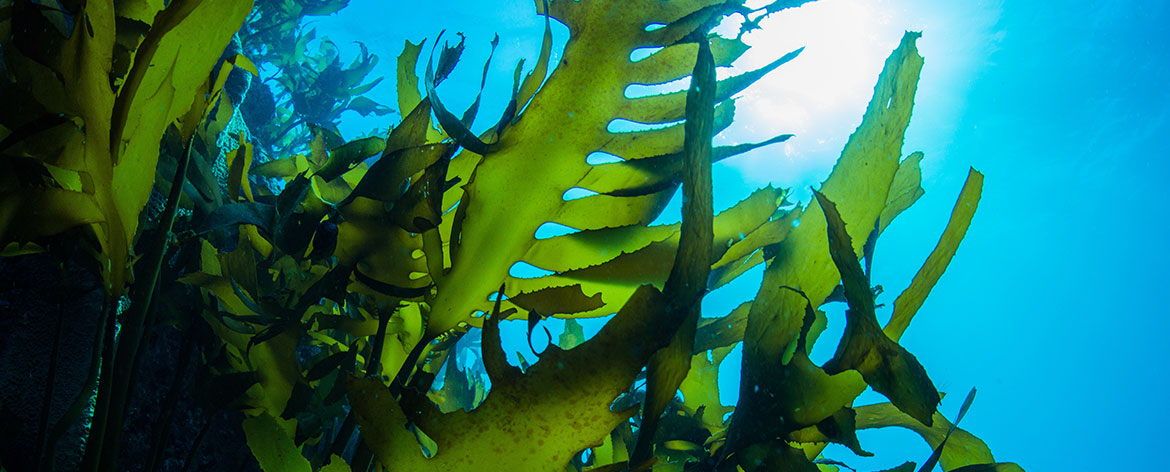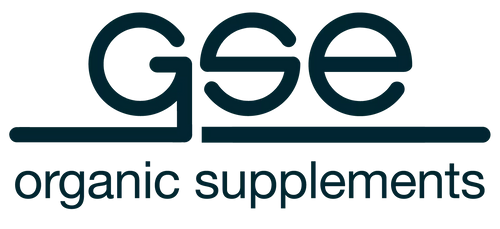Algae, all-rounders from the sea

As food, raw material for cosmetics, bioplastics and for energy production - algae are now used in many different ways. These sea creatures are among the oldest living organisms in the world. They are extremely adaptable and their cell walls are strong and elastic to withstand strong ocean currents. They store moisture as well as vitamins, minerals and trace elements from the seawater in high concentrations over their entire surface. In Asia, algae have long been considered a superfood.
Algae clean the oceans, they metabolize all pollutants that sink to the seabed, such as the greenhouse gas CO2 and toxic heavy metals, and seal them in the form of biomass.
An exciting future
Their firm yet flexible structure makes them the perfect material for packaging. The gelatine-like algae structure is currently being used in test laboratories to produce flexible, robust materials that are both sustainable and profitable. In a few years' time, they will be launched on the market as food packaging. They reproduce very quickly, require neither fertilizer nor irrigation - and can be completely recycled for packaging production.
Small power stations
Algae are also suitable for generating energy: researchers in Leipzig have succeeded in manipulating algae in such a way that they produce glycolate with the help of sunlight instead of growing. This carbon compound can be used to produce methane, which can then be used as fuel. Blue-green algae thrive ideally in the sun and photosynthesize like plants. They can produce hydrogen with the help of sunlight. An ability that has piqued the interest of scientists at the Helmholtz Center for Environmental Research (UFZ): they want to use algae as living power plants for our energy supply.
Algae in food supplements
We are also enthusiastic about the potential of algae and have been using them as a raw material in some of our products for years. For example, in our iodine compact. The seaweed used in it comes from organic aquaculture in the waters of the North Atlantic off the Scottish coast. The algae are cut using a special technique and then gently dried and processed at low temperatures. For our organic spirulina we use the spiral-shaped blue-green algae Spirulina platensis. It comes from organic aquaculture, which is certified according to Naturland criteria. The algae can develop optimally due to the strong sunlight and the favorable water composition. Spirulina is not a marine algae, but thrives in highly alkaline waters in subtropical regions.
The wild-growing blue-green algae Aphanizomenon Flos Aquae (AFA) for our AFA algae (organic) thrives in the Upper Klamath Lake in Oregon, USA. It has a particularly high content of vitamin B12, which is required for the formation of new blood cells, cell growth and the function of nerve cells. Vitamin B12 also contributes to the reduction of tiredness and fatigue and to the healthy functioning of the nervous system and the psyche.
The unicellular algae chlorella belongs to the green algae family and also contains a high level of vitamin B12. Under the influence of intense sunlight, supported by the power of photosynthesis, the important nutrients of chlorella algae are formed. It is found in our BIO Chlorella use.
For our BIO Astaxanthin + Selenium we use the blood rain algae (Haematococcus pluvialis). The microalgae is known for its impressive red coloration, which is increasingly produced under difficult living conditions as a protective reaction. This is due to the carotenoid astaxanthin, which is also found in various types of fruit and vegetables and also causes the characteristic coloration of salmon and flamingos.
Our red algae is cultivated in the Czech Krkonose Mountains National Park in accordance with EU organic farming guidelines. The algae grow in modern glass tube photobioreactors fed with the purest mountain spring water - a state-of-the-art process that produces an unusually high astaxanthin concentration of at least 5% in the microalgae biomass.




